10 Essential Tips for Choosing the Best Ceramic Rollers
Table of Contents
- Top Factors Influencing Ceramic Roller Selection for Optimal Performance
- Understanding Different Types of Ceramic Materials Used in Rollers
- Evaluating the Impact of Roller Size and Dimensions on Production Efficiency
- Assessing Temperature Resistance: Key for High-Performance Ceramic Rollers
- The Role of Surface Finish in Enhancing Ceramic Roller Durability
- Common Applications of Ceramic Rollers: Choosing the Right Type for Your Needs
- FAQS
- Conclusion
- Related Posts
When it comes to precision ceramic manufacturing, choosing the right Ceramic Roller is crucial for achieving optimal performance in various applications. At ST.CERA CO., LTD., we understand the significance of selecting high-quality ceramic rollers, as they play a vital role in enhancing efficiency and durability in production processes. With our team of top-ranking experts and engineers dedicated to research and development, we offer invaluable insights into the intricacies of ceramic roller selection.
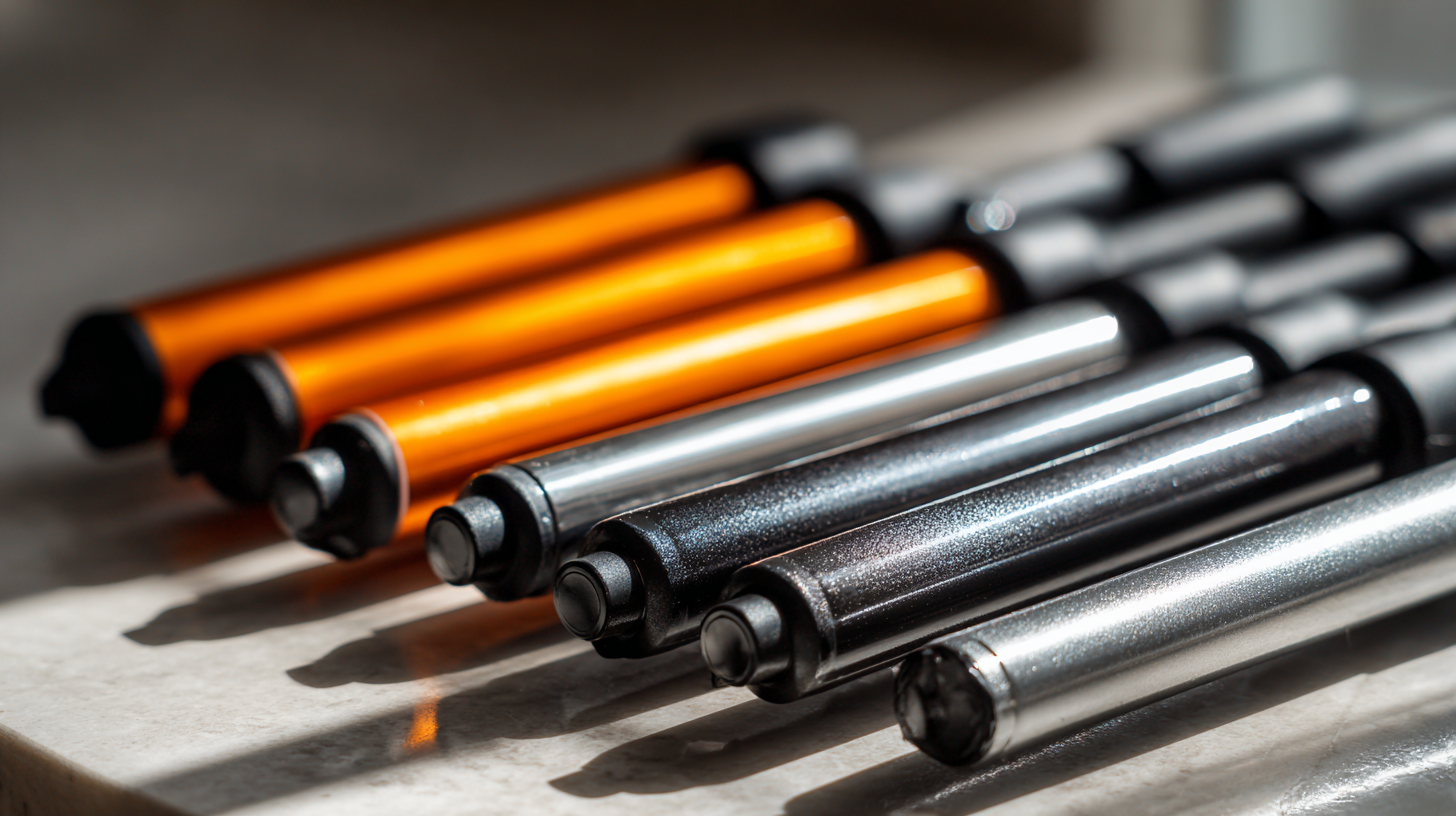
In this blog, we present 10 essential tips for choosing the best Ceramic Rollers, ensuring you make informed decisions that align with your specific needs. Whether you're focused on material properties, design features, or manufacturer reliability, our guide aims to provide you with the essential knowledge needed to enhance your production capabilities with the finest ceramic rollers available in the market.
Top Factors Influencing Ceramic Roller Selection for Optimal Performance
When it comes to selecting ceramic rollers for optimal performance, understanding the key factors that influence their selection is crucial. One significant aspect is the material composition of the rollers themselves, as it directly affects their durability, precision, and machining capabilities. Recent studies have highlighted the importance of hard ceramic materials, which not only enhance wear resistance but also improve machining precision and consistency, particularly in manufacturing processes involving cylindrical rollers. The choice of the right lapping plate material plays a vital role in achieving high-quality finishes, demonstrating that material selection is integral to the overall efficacy of ceramic rollers.
Another important consideration is the bearing type that will be used in conjunction with the ceramic rollers. Fluid-lubricated bearings have gained traction in various high-tech sectors, such as metrology and aviation, due to their ability to support heavy loads while ensuring smooth operation. Furthermore, understanding the interaction between different roller designs and bearing shapes can lead to better optimization for specific applications, particularly in high-performance environments. By carefully evaluating these factors, one can ensure that the chosen ceramic rollers deliver superior performance and reliability in demanding applications.
Understanding Different Types of Ceramic Materials Used in Rollers
When it comes to choosing ceramic rollers, understanding the types of ceramic materials used is crucial. Various ceramics, such as alumina, zirconia, and silicon nitride, offer distinct benefits. Alumina is well-regarded for its hardness and wear resistance, making it ideal for high-precision applications. Zirconia, on the other hand, excels in toughness, which is beneficial for maintaining structural integrity under stress. Silicon nitride, known for its lightweight and high thermal stability, can withstand extreme temperatures, making it a favorite in high-performance environments.
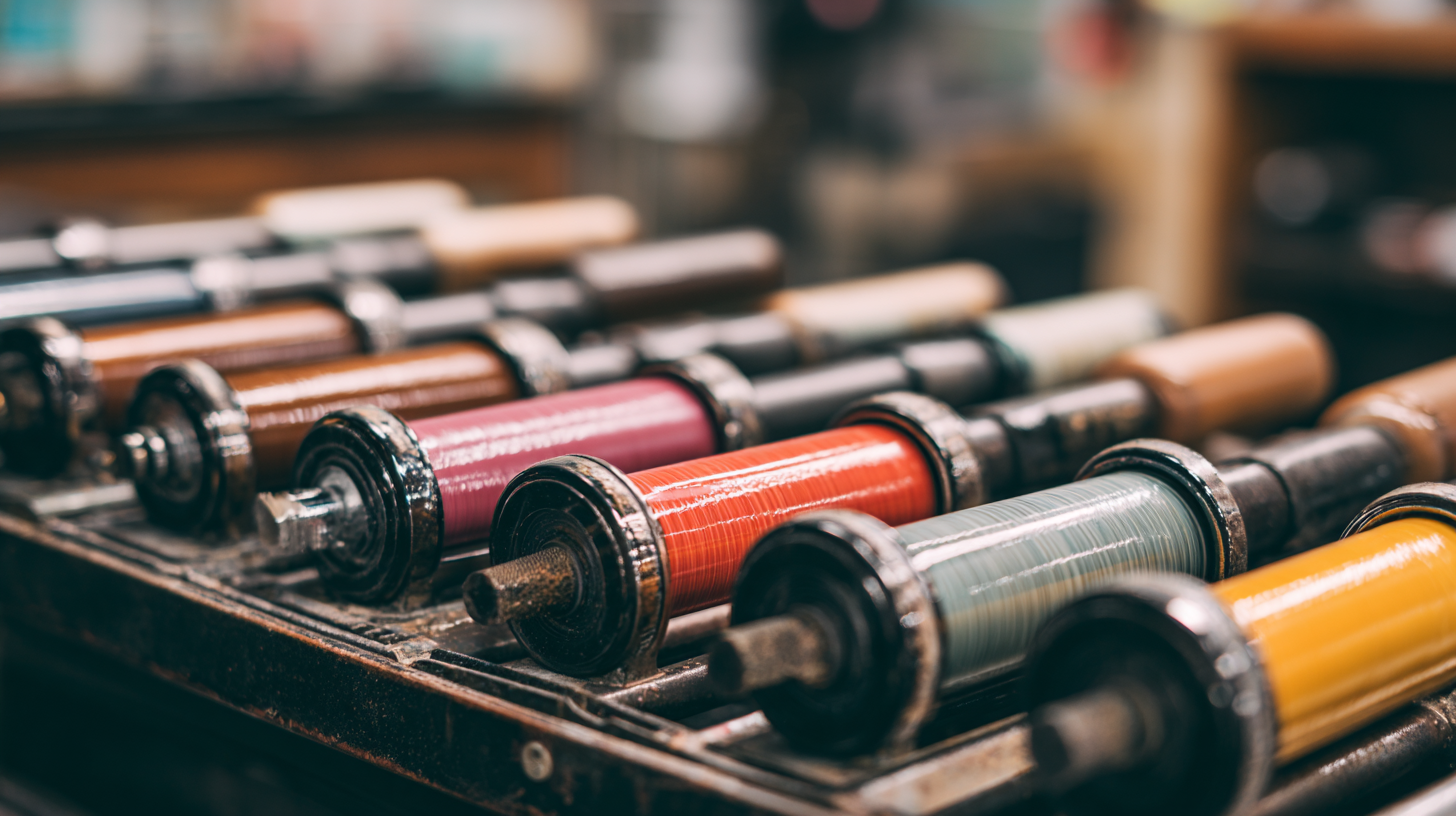
In recent studies, the properties of these ceramics have been extensively analyzed. For instance, alumina has been reported to have a hardness rating of 9 on the Mohs scale, significantly outperforming traditional materials used in rollers. Furthermore, advancements in manufacturing techniques have allowed for the creation of composite ceramic rollers that mix these materials, enhancing their mechanical properties and extending their lifespan. Such innovations in ceramic technology are not just beneficial for industrial applications but can also translate into better performance in everyday products, ensuring efficiency and quality.
Evaluating the Impact of Roller Size and Dimensions on Production Efficiency
When choosing ceramic rollers, understanding the impact of roller size and dimensions on production efficiency is crucial. The diameter of the roller significantly affects the speed and quality of the output. Larger rollers tend to provide a more consistent surface contact area, which can enhance the uniformity of the product being processed. This is particularly important in industries requiring precise measurements and consistency, such as ceramics and plastics. Additionally, larger diameters can handle higher loads, making them suitable for heavy-duty applications.
The length of the roller is another critical factor influencing production efficiency. Longer rollers can spread the workload over a larger area, which can reduce wear and tear and prolong the lifespan of the equipment. Furthermore, the spacing between rollers also plays an essential role. A well-calibrated gap can optimize material flow and minimize material waste, ultimately leading to increased production rates. By meticulously evaluating these size and dimension parameters, manufacturers can ensure that they select the most suitable ceramic rollers, maximizing efficiency and achieving their production goals.
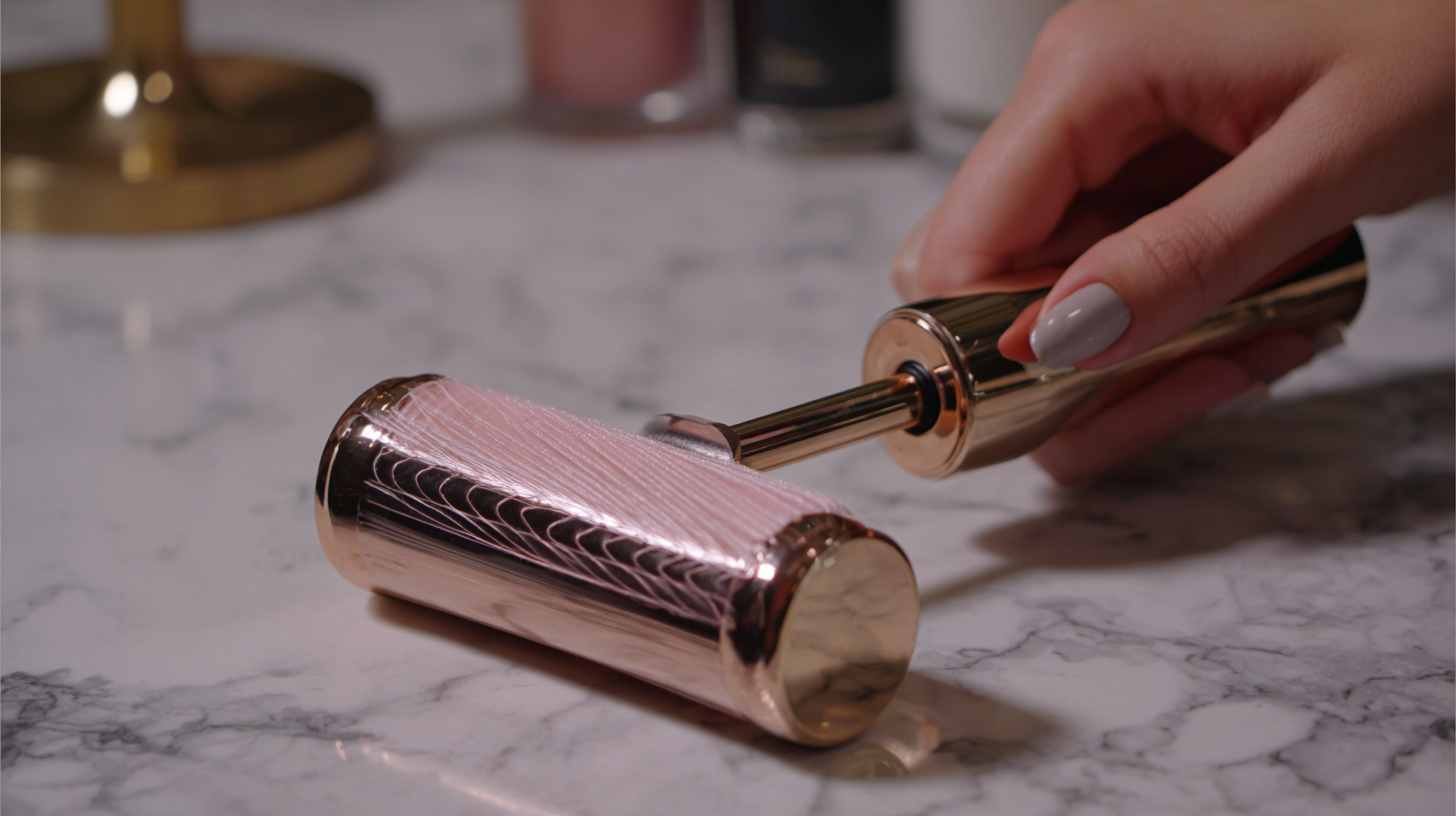
Assessing Temperature Resistance: Key for High-Performance Ceramic Rollers
When choosing ceramic rollers, the importance of temperature resistance cannot be overstated. High-performance ceramic rollers are crucial in various industrial applications, particularly in processes involving high temperatures and aggressive materials. According to the Global Ceramic Roller Market Report, the demand for temperature-resistant ceramics has grown by approximately 15% annually, underscoring the industry's recognition of their value in maintaining operational efficiency and durability.
Temperature resistance is primarily determined by the material composition of the ceramic rollers. For instance, alumina and zirconia are among the most commonly used materials due to their exceptional thermal stability and strength. Research indicates that alumina rollers can withstand temperatures exceeding 1,600°C, while zirconia can endure even higher temperatures, making them ideal for applications in steel, glass, and ceramics industries. Moreover, the thermal conductivity and expansion properties of these materials also play a crucial role in ensuring that the rollers operate effectively under extreme conditions, reducing the risk of mechanical failure and extending their lifespan.
The Role of Surface Finish in Enhancing Ceramic Roller Durability
When selecting the best ceramic rollers, the surface finish plays a pivotal role in enhancing their durability and performance. Research underscores that optimizing surface roughness significantly impacts the lifespan and functionality of industrial components. For instance, a recent study on milling processes demonstrated that surface integrity directly correlates with the wear resistance of tool inserts. By adopting advanced surface treatments, manufacturers can improve the microstructural characteristics of materials, contributing to both improved wear resistance and process efficiency.
Moreover, innovative coatings, such as ceramic-polymer composites with ultra-superhydrophobic properties, showcase remarkable potential in industrial applications. These coatings not only offer durability but also resistance to various environmental factors such as corrosion and icing. Such advancements highlight the importance of surface properties in ensuring the longevity and reliability of ceramic rollers in high-stress environments. By focusing on these surface enhancements, manufacturers can significantly reduce maintenance costs and enhance productivity, making informed choices about their ceramic roller selections.
Common Applications of Ceramic Rollers: Choosing the Right Type for Your Needs
When it comes to selecting the right ceramic rollers, understanding their common applications can greatly influence your choice. In industries like manufacturing and textiles, ceramic rollers are primarily used for their durability and efficiency. For instance, in the printing industry, they play a critical role in transferring inks smoothly onto various surfaces, ensuring a high-quality finish. The type of ceramic material used can vary, which directly affects the performance and lifespan of the rollers in specific applications.
Another common application is in the food processing sector, where ceramic rollers are favored for their ability to withstand high temperatures and resist contamination. In this context, choosing rollers that are both food-safe and capable of maintaining their integrity under rigorous conditions is essential. Additionally, ceramic rollers are used in the automotive and aerospace sectors for their lightweight properties and resistance to wear, making them ideal for components that require a balance of strength and precision. By considering these applications, you can narrow down your options to the ceramic rollers that will best meet your operational needs.
FAQS
: The diameter of the roller affects both the speed and quality of the output. Larger rollers provide a more consistent surface contact area, enhancing the uniformity of the processed product and allowing for higher load handling.
Longer rollers can distribute the workload over a larger area, reducing wear and tear, and prolonging the equipment's lifespan.
Well-calibrated gaps between rollers optimize material flow and minimize waste, which can increase production rates.
Optimizing surface roughness significantly impacts wear resistance and functionality, contributing to the overall lifespan of industrial components.
Advanced surface treatments can improve the microstructural characteristics of the materials, enhancing wear resistance and process efficiency.
Ceramic rollers are commonly used in manufacturing, textiles, printing, food processing, automotive, and aerospace sectors due to their durability, temperature resistance, and lightweight properties.
They can withstand high temperatures and resist contamination, making them suitable for maintaining integrity under rigorous conditions.
Coatings like ceramic-polymer composites can enhance durability and provide resistance to environmental factors such as corrosion and icing.
Consider the type of ceramic material, performance requirements, and the operational environment to choose rollers that best meet your needs.
Larger rollers ensure consistent performance, higher load capacity, and greater uniformity in products, especially in precision-required industries like ceramics and plastics.
Conclusion
When selecting the best ceramic rollers for your applications, several essential factors must be considered to ensure optimal performance. Key aspects include understanding the different types of ceramic materials available, which significantly influence durability and efficiency. Additionally, evaluating roller size and dimensions is crucial for maximizing production efficiency, while temperature resistance is vital for high-performance needs. The surface finish of ceramic rollers also plays a critical role in enhancing durability, ensuring longevity and reliability during use.
At St.Cera Co., Ltd., our expertise in precision ceramic manufacturing positions us as a leading provider of high-quality ceramic rollers tailored to meet diverse industry requirements. With a dedicated team of experts, we focus on research and development, ensuring that our ceramic rollers not only meet but exceed performance expectations across various applications. Whether you're looking for rollers suited for specific thermal conditions or those with enhanced surface finishes, we are committed to delivering superior ceramic solutions that align with your production goals.
Related Posts
-

Ultimate Guide to Sourcing the Best Ceramic C-Shape Rings for Global Markets
-
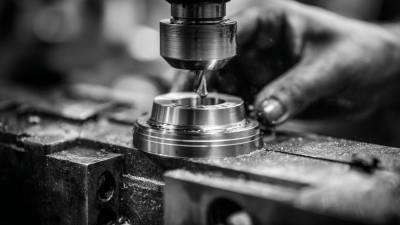
Unlocking Precision: The Benefits of Using Ceramic Chucks in Manufacturing Processes
-

How to Choose the Best ESD Wafer Arm for Optimal Semiconductor Processing Efficiency
-

Maximizing ROI: How Our After-Sales Support on Best Shadow Ring Inserts Minimizes Repair Costs
-
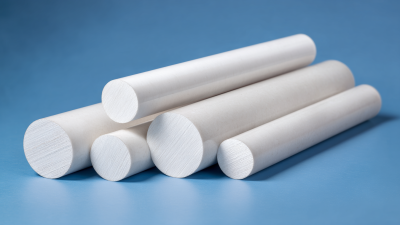
The Ultimate Guide to Zirconia Ceramic Rods: Unveiling Key Properties and Market Trends
-

Navigating Global Trade Certifications for Best Al2o3 Ceramic Rod Purchases
Blog Tags:

